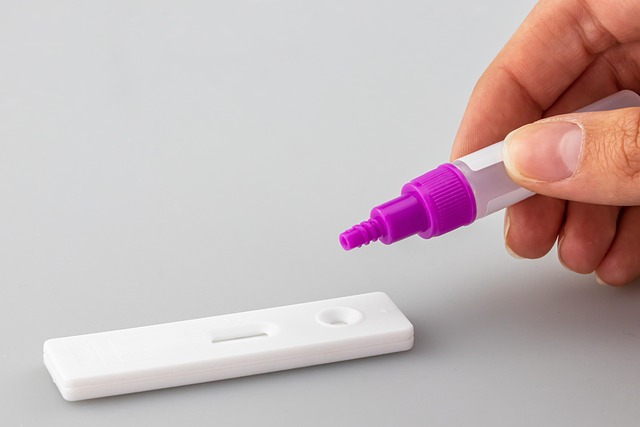Texas lead paint removal regulations prioritize public safety through EPA-aligned laws focusing on preventing exposure to harmful lead dust and chips during renovation or abatement projects. Strict compliance involves proper containment, personal protective equipment (PPE), waste management, and thorough personnel training. Adhering to these rules, detailed by the Texas Department of State Health Services (DSHS), is crucial to avoid fines and legal issues, ensuring safe handling and disposal of lead-contaminated materials.
In Texas, understanding and adhering to lead paint removal regulations is paramount for property managers, contractors, and homeowners to ensure public safety. This article guides you through the critical aspects of legal compliance during lead remediation, offering insights into the specific lead paint removal regulations in Texas. Learn effective steps to follow, from pre-remediation assessments to post-work inspections, and discover essential safety measures for managing lead paint risks successfully.
- Understanding Lead Paint Removal Laws in Texas
- Steps to Ensure Legal Compliance During Remediation
- Safety Measures for Effective Lead Paint Management
Understanding Lead Paint Removal Laws in Texas

In Texas, lead paint removal laws are strictly regulated to ensure public safety, especially for children and vulnerable populations. These regulations are designed to minimize exposure to lead-based paint during renovation or abatement projects. The primary focus is on preventing the release of harmful dust and chips that can contain high levels of lead, which poses significant health risks.
Understanding these laws is crucial for contractors, property owners, and management teams. Texas follows the guidelines set by the U.S. Environmental Protection Agency (EPA) for lead paint removal, including proper containment, personal protective equipment (PPE), and disposal protocols. Compliance involves thorough training for personnel, implementation of control measures during renovation, and adherence to strict waste management practices to ensure that lead-contaminated materials are handled and disposed of safely.
Steps to Ensure Legal Compliance During Remediation

When undertaking lead paint removal projects in Texas, adhering to strict legal compliance is paramount to avoid hefty fines and potential legal repercussions. The first step is to thoroughly familiarize yourself with the Lead Paint Removal Regulations set forth by the Texas Department of State Health Services (DSHS). These regulations outline specific procedures for identifying, testing, and safely removing lead-based paint from buildings.
Next, ensure that your project team is properly trained and certified in accordance with these regulations. This includes understanding personal protective equipment (PPE) requirements, safe work practices, and proper disposal protocols for lead-contaminated materials. Regular site inspections should be conducted to verify compliance throughout the remediation process, addressing any nonconformities promptly. Additionally, maintaining detailed documentation of all activities, testing results, and corrective actions taken is crucial for demonstrating adherence to the Lead Paint Removal Regulations in Texas.
Safety Measures for Effective Lead Paint Management

Managing lead paint safely is paramount, especially in older buildings where it was commonly used. In Texas, strict regulations guide the process of lead paint removal to ensure public health and environmental protection. These rules mandate that trained professionals only handle lead-based paints, utilizing personal protective equipment (PPE) such as gloves, masks, and eye protection during abatement activities.
The Lead Paint Removal Regulations in Texas outline specific procedures for preparing the area, containing dust, and disposing of contaminated materials. Proper cleanup and decontamination are crucial to prevent lead particles from settling onto surfaces or entering the air. By adhering to these safety measures, professionals can effectively manage lead paint, ensuring a safer environment for both occupants and workers.
Ensuring lead safety legal compliance is paramount during any remediation project, especially considering the stringent lead paint removal regulations in Texas. By understanding and adhering to these laws, implementing robust safety measures, and taking proactive steps toward effective lead paint management, professionals can not only mitigate legal risks but also contribute to a healthier environment for all.
